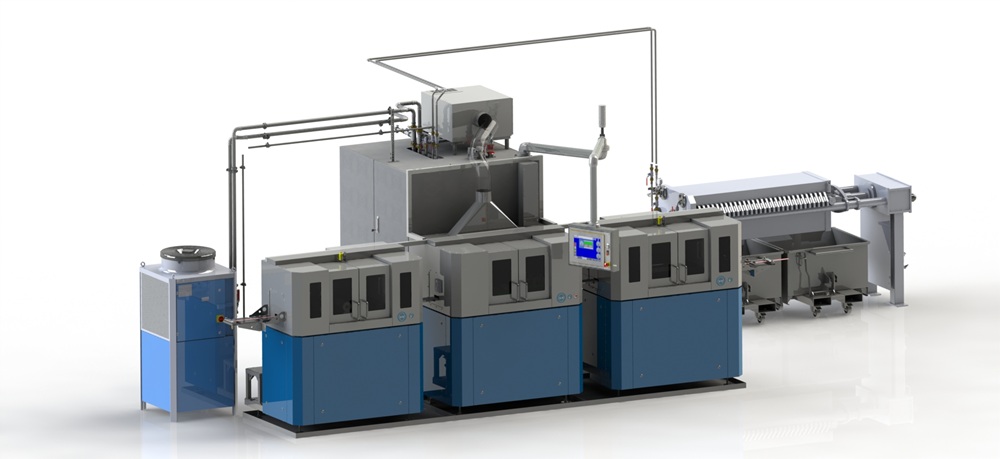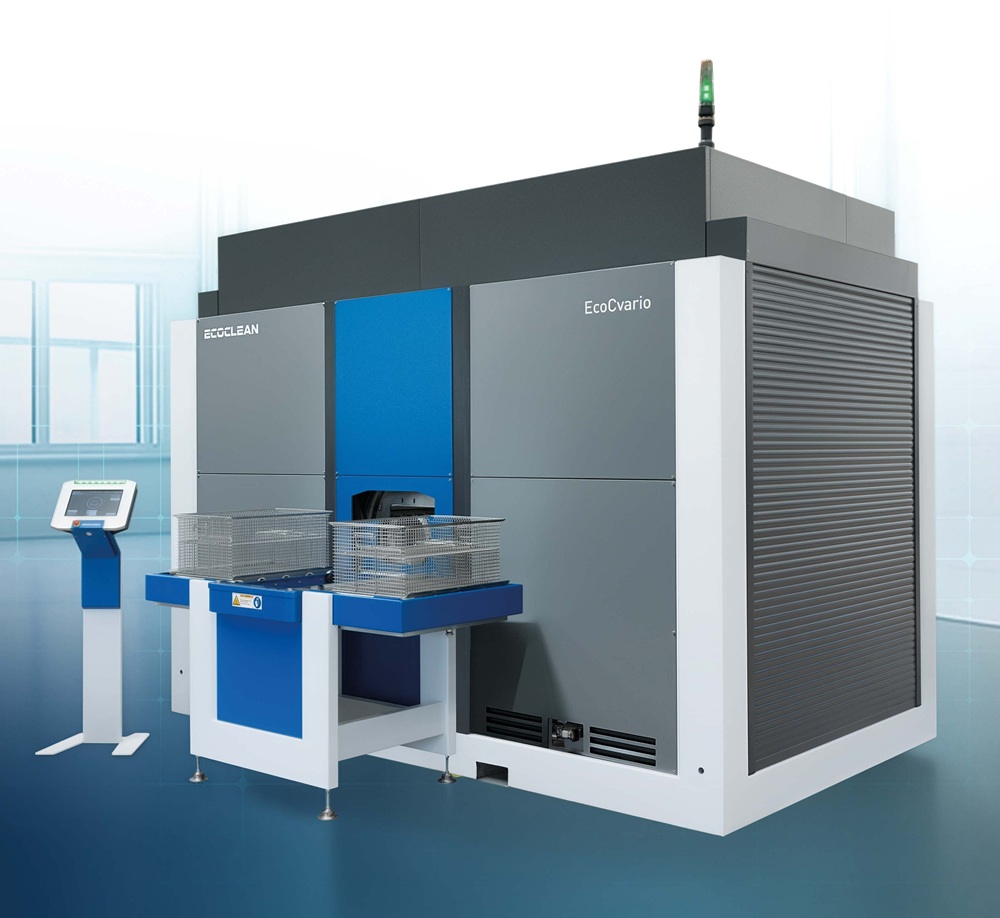Founded in 2007, VULIC ECM GmbH & Co KG initially focused on the development and manufacture of customer-specific devices (tools) and spare parts for electrochemical machining (ECM). Seven years later, the first ECM system developed in-house followed with the V500 machining centre and the established service portfolio was expanded to include contract machining.
In ECM technology, burrs can be efficiently removed and edges rounded with precision, even in hard-to-reach areas such as blind holes, bore intersections and pockets. For the non-contact process, the tool is connected to a direct current source as the cathode (negative) and the component is polarized as the anode (positive). The charge exchange takes place in a saline electrolyte solution, whereby the burrs are completely dissolved and removed from the working gap by the electrolyte.
“For the quality and precision of ECM processes, it’s crucial that the parts to be machined are free of oil and grease,” explains Sascha Haushammer, sales manager at VULIC ECM. “In addition, enormously increased cleanliness requirements usually require cleaning after the ECM process to remove electrolyte residues and any particles adhering to the component.”
One company for cleaning media recommended Weber Ultrasonics AG as an efficient
partner for the ultrasonic equipment.
“We also spoke to other manufacturers at the time, but the collaboration with Weber Ultrasonics worked so well right from the start that we didn’t bring any other suppliers on board,” reports Haushammer. “We receive very good advice and have been able to build up a certain amount of expertise in ultrasonic cleaning over the years. Today, we only really need the expertise of Weber Ultrasonics for special projects.”
More information www.weber-ultrasonics.com



















